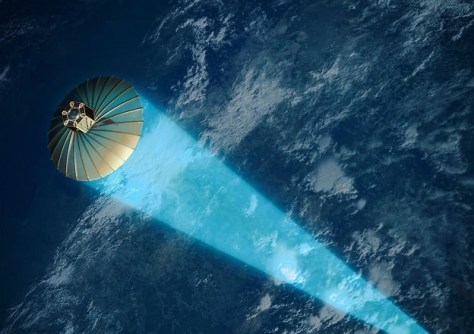
A synthetic aperture radar (SAR) satellite for the Institute for Q-shu Pioneers of Space (iQPS), has been sent into orbit aboard a Rocket Lab rocket launched from New Zealand.
The launch, which took place at 1:00pm NZDT on 15 March, successfully propelled the QPS-SAR-9 spacecraft (named ‘SUSANOO-I’) into a 575-kilometre-altitude circular Earth orbit.
This was the second iQPS launch for Rocket Lab. There are to be five more Rocket Lab launches for iQPS this year and another two next year.
iQPS aims to have 24 SAR satellites in orbit by 2027, with plans to eventually expand that to 36.
Once the constellation reaches 36, iQPS says it will be able to provide observations of “specific regions almost anywhere in the world at an average interval of 10 minutes”.

Each SAR satellite is equipped with a 3.6m-diameter deployable parabolic antenna that has a mass of only 10 kg. Each also carries a controllable drag augmentation de-orbit device, which is essentially a deployable wing that will gradually reduce the satellites’ orbits until they burn up in the upper atmosphere, thereby reducing the amount of space junk in Earth orbit.
According to iQPS, from its third SAR satellite onwards, the spacecraft will be equipped with technologies such as an inter-satellite communication system that will enable rapid data transmission and delivery after observation.
“This will make it possible to collect continuous images as data, and to accumulate data not only on ‘stationary objects’ such as land and buildings, but also on ‘moving objects’ such as vehicles, ships, and even livestock and people flow,” iQPS states on its website.

“I sincerely appreciate the dedication and hard work of the teams at iQPS and Rocket Lab in making this launch mission a success, and I am truly impressed by the short timeline from QPS-SAR-9’s departure from Fukuoka, Japan, through its journey via Mahia Peninsula, to its successful deployment into LEO,” said the CEO of iQPS, Dr Shunsuke Onishi.
“As we prepare for the launch of seven more QPS-SARs between this year and next year, I am reassured by the reliability and efficiency of Electron in executing missions like this one.”






